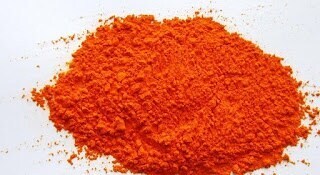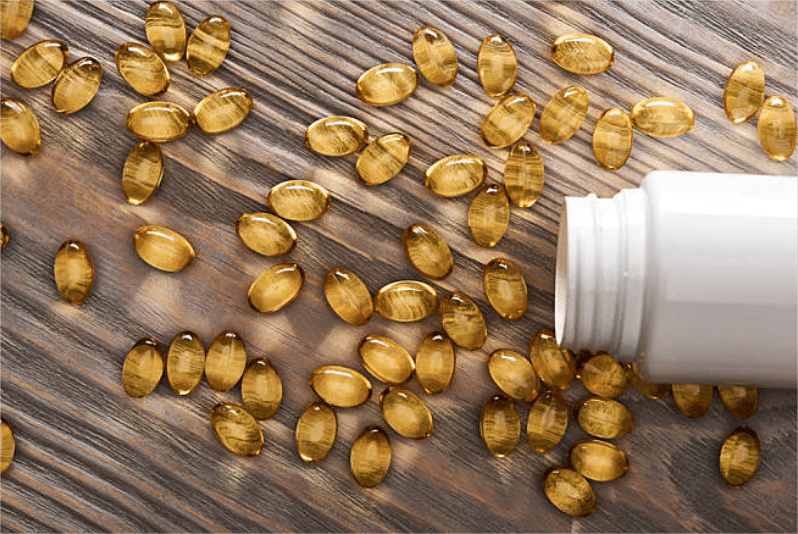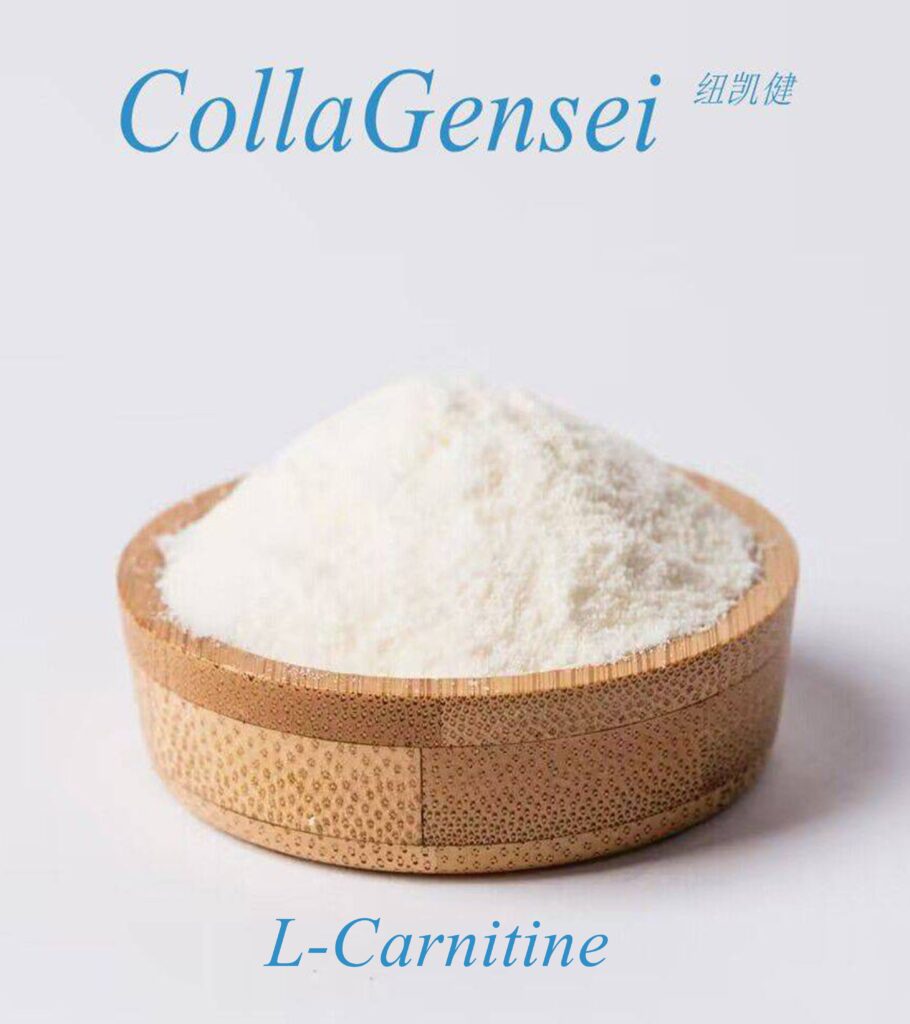Introduction
Vitamins are essential for numerous physiological functions, and Riboflavin (vitamin B2) is crucial in maintaining health. Among the various forms of Riboflavin, riboflavin 5-phosphate Sodium (also known as flavin mononucleotide, FMN) is a significant derivative. This article compares riboflavin and riboflavin 5-phosphate sodium, exploring their chemical properties, biological roles, benefits, and uses in supplementation and nutrition.
What is Riboflavin?
Riboflavin, also known as vitamin B2, is a water-soluble vitamin that plays a vital role in energy production and cellular function. It is one of the eight B vitamins crucial for various metabolic processes in the body.
Chemical Structure and Properties
- Chemical Formula: C17H20N4O6
- Solubility: Riboflavin is water-soluble, which means it dissolves in water and is not stored in the body. Excess amounts are excreted through urine.
- Appearance: It is typically a yellow crystalline substance, sometimes called “vitamin G” or “yellow vitamin.”
Sources of Riboflavin
Riboflavin is found in a variety of foods, including:
- Dairy Products: Milk, cheese, and yogurt are rich sources.
- Meat: Beef, lamb, and liver provide significant amounts.
- Eggs: Another good source of Riboflavin.
- Green Vegetables: Spinach, broccoli, and asparagus contain Riboflavin.
- Fortified Foods: Many cereals and bread products are fortified with Riboflavin.
History and Use
Riboflavin was discovered in the early 20th century, and its essential role in health was established through research into vitamin deficiencies. It has since become a staple in multivitamins and is included in many dietary supplements due to its importance in energy metabolism and cellular function.
What is Riboflavin 5-phosphate Sodium?
Riboflavin 5-phosphate Sodium (FMN) is a phosphorylated derivative of Riboflavin. It is an active form of Riboflavin that plays a crucial role in several enzymatic reactions within the body.
Chemical Structure and Properties
- Chemical Formula: C17H19N4O9PNa
- Solubility: Like Riboflavin, FMN is water-soluble. It is often used in biochemical research and supplements due to its role in metabolism.
- Appearance: FMN is typically a yellow to orange powder or crystalline substance.
Sources of Riboflavin 5-Phosphate Sodium
FMN is not commonly found in significant amounts in foods but is produced in the body from Riboflavin. It is also used as a supplement or in pharmaceutical formulations.
History and Use
The role of FMN as a coenzyme was identified through research into flavin-dependent enzymes. Its use in supplements and research is due to its biological activity and importance in enzyme functions.
Mechanisms of Action
Both riboflavin and riboflavin 5-phosphate sodium play essential roles in the body, but they function differently in biochemical processes.
Riboflavin Mechanism
Once ingested, Riboflavin is converted into its active forms, riboflavin 5-phosphate (FMN) and flavin adenine dinucleotide (FAD). These active forms are crucial for:
- Energy Production: FMN and FAD act as coenzymes in the electron transport chain, which is critical for producing ATP (adenosine triphosphate), the energy currency of cells.
- Oxidation-Reduction Reactions: They participate in various oxidation-reduction (redox) reactions necessary for metabolizing fats, proteins, and carbohydrates.
Riboflavin 5-Phosphate Sodium Mechanism
FMN is an active coenzyme involved in:
- Enzymatic Reactions: FMN functions as a cofactor for several enzymes, including those involved in the metabolism of amino acids and the synthesis of neurotransmitters.
- Electron Transport Chain: It plays a role in the electron transport chain, contributing to the generation of ATP in mitochondria.
- Redox Reactions: FMN is involved in various redox reactions, including those in the citric acid (Krebs cycle) and fatty acid oxidation.
Health Benefits of Riboflavin
Riboflavin is essential for several physiological functions and health benefits:
Energy Metabolism
- ATP Production: Riboflavin is crucial for producing ATP, which is necessary for cell energy.
- Metabolism of Macronutrients: It helps metabolize carbohydrates, fats, and proteins.
Cellular Function
- Antioxidant Defense: Riboflavin contributes to the body’s antioxidant defense by supporting the regeneration of glutathione, an essential antioxidant.
- Cellular Repair: It is involved in cellular repair processes and maintenance.
Vision Health
- Eye Health: Riboflavin is essential for maintaining healthy eyes and may help prevent cataracts.
Skin Health
- Skin Maintenance: It supports healthy skin by contributing to cellular regeneration and repair.
Health Benefits of Riboflavin 5-Phosphate Sodium
FMN, as an active form of Riboflavin, offers several specific benefits:
Enhanced Enzymatic Activity
- Enzyme Function: FMN enhances the activity of several enzymes involved in metabolic processes, including those crucial for amino acid metabolism and neurotransmitter synthesis.
Improved Bioavailability
- Efficient Absorption: FMN is already active, which may result in more efficient utilization and absorption than non-phosphorylated Riboflavin.
Support for Cellular Processes
- Electron Transport: FMN plays a vital role in the electron transport chain, supporting energy production at the cellular level.
- Redox Reactions: It contributes to various redox reactions essential for metabolic processes.
Riboflavin vs. Riboflavin 5-Phosphate Sodium: Comparing Efficacy
When comparing riboflavin and riboflavin 5-phosphate sodium, several factors need to be considered, including their Efficacy, bioavailability, and specific applications.
Research Studies and Findings
- Riboflavin: Extensive research supports the Efficacy of Riboflavin in maintaining overall health, including energy production, skin health, and vision. It is a well-established vitamin with known benefits.
- Riboflavin 5-Phosphate Sodium: FMN is less commonly studied than Riboflavin, but research indicates that it is effective in enhancing enzymatic functions and may benefit specific biochemical pathways.
Bioavailability and Absorption
- Riboflavin: Generally well-absorbed in the gastrointestinal tract, but it must be converted to FMN and FAD to be utilized in the body.
- Riboflavin 5-Phosphate Sodium: Being an active form, FMN may have higher bioavailability and efficiency in specific biochemical processes.
Safety and Side Effects
- Riboflavin: Generally considered safe with minimal side effects. Excess Riboflavin is excreted in urine, which may cause yellow discoloration.
- Riboflavin 5-Phosphate Sodium: Also regarded as safe for most individuals. Due to its active form, it may be better tolerated in specific applications.
Applications and Usage
Riboflavin and riboflavin 5-phosphate sodium are used in various contexts, including dietary supplements and pharmaceuticals.
Recommended Dosages
- Riboflavin: The Recommended Dietary Allowance (RDA) for Riboflavin is 1.1 mg daily for adult women and 1.3 mg daily for adult men. Higher doses may be used in therapeutic contexts.
- Riboflavin 5-Phosphate Sodium: Dosages are typically determined based on specific health needs and are often used in clinical settings or specialized supplements.
Supplement Forms and Availability
- Riboflavin: Available in tablets, capsules, powders, and as part of multivitamins.
- Riboflavin 5-Phosphate Sodium: Found in some specialized supplements and pharmaceutical formulations.
Practical Tips for Incorporating into Diet
- Riboflavin: Ensure adequate intake through a balanced diet rich in dairy products, meat, and green vegetables. Supplements can be used to address deficiencies.
- Riboflavin 5-Phosphate Sodium: Use as directed in specialized supplements or pharmaceuticals, especially when specific enzymatic support is required.
Conclusion
Riboflavin and riboflavin 5-phosphate Sodium each play important roles in maintaining health and supporting various physiological functions. Riboflavin is essential for energy metabolism, cellular function, vision, and skin health. Riboflavin 5-phosphate Sodium, an active form of Riboflavin, enhances enzymatic activity and may benefit specific biochemical pathways.
Choosing between Riboflavin and 5-phosphate Sodium depends on individual health needs and applications. Understanding their distinct roles and mechanisms can help guide decisions about supplementation and dietary choices.
Ultimately, a balanced diet rich in essential vitamins and appropriate supplementation when needed can support overall well-being and optimal health. Whether through Riboflavin or its phosphorylated form, these nutrients contribute significantly to maintaining a healthy and active lifestyle.




